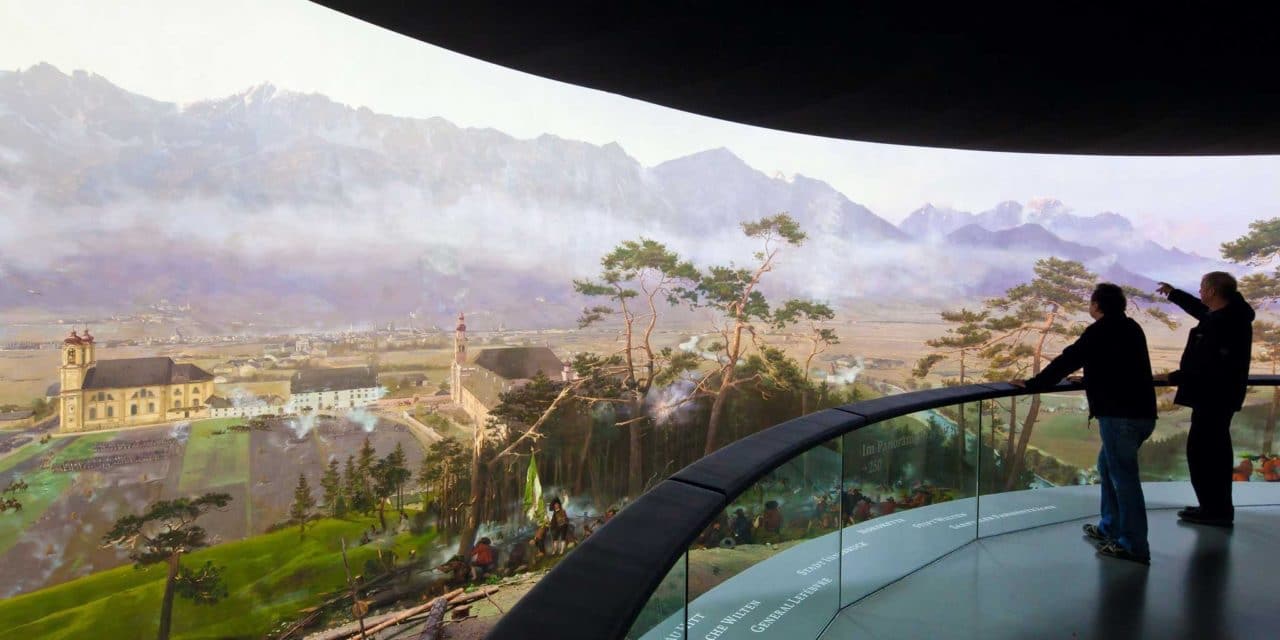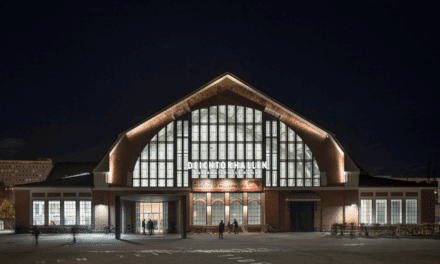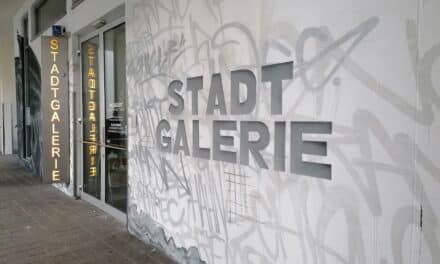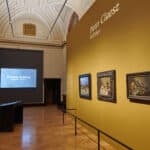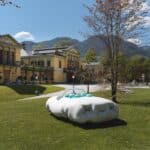The breathtaking panoramic view of the third battle on the Bergisel in 1809 allows visitors to experience the changing landscape of two centuries on more than 1,000 square meters of screen. The "Schauplatz Tirol" tells stories about Tyrol, and the TIROL PANORAMA is connected underground to the Kaiserjägermuseum.
Tyrol's largest work of art, the giant circular painting, becomes a stage set in the TIROL PANORAMA with Kaiserjägermuseum. After visitors have been introduced to the history and the people involved via various stations, they find themselves as participating observers at the scene of a historical drama: the battles of the third Bergisel battle on August 13, 1809. The panorama contains all the ingredients that make up the "Tyrol myth" - landscape and people, the irrepressible urge for freedom and the close connection "to the top" - and questions the fascination of "Tyrol". The painting was painted by the Munich painter Michael Zeno Diemer (1867-1939) under the supervision of the history painter Franz von Defregger (1835-1921) in just three months. It has been on display in the TIROL PANORAMA with the Kaiserjägermuseum on Bergisel since 2011; previously it was in the Rotunda in Saggen.
In addition to the giant circular painting, THE TIROL PANORAMA with Kaiserjägermuseum offers the exhibition "Schauplatz Tirol". With exciting, surprising and sometimes bizarre exhibits, it tells stories about the people, their religion, nature and politics. An exhibition area with objects from the holdings of the Tyrolean Kaiserschützenmuseum traces the eventful history of the Kaiserschützen. THE TIROL PANORAMA is connected underground to the Kaiserjägermuseum. As the regimental museum of the Tyrolean Kaiserjäger, it provides an insight into Tyrol's military history from the 19th to the 20th century.
The breathtaking panoramic view of the third battle on the Bergisel in 1809 allows visitors to experience the changing landscape of two centuries on more than 1,000 m² of canvas. The "Schauplatz Tirol" tells stories about Tyrol, and the TIROL PANORAMA is connected underground to the Kaiserjägermuseum.
Tyrol's largest work of art, the giant circular painting, becomes a stage set in the TIROL PANORAMA with Kaiserjägermuseum. After visitors have been introduced to the history and the people involved via various stations, they find themselves as participating observers at the scene of a historical drama: the battles of the third Bergisel battle on August 13, 1809. The panorama contains all the ingredients that make up the "Tyrol myth" - landscape and people, the irrepressible urge for freedom and the close connection "to the top" - and questions the fascination of "Tyrol". The painting was painted by the Munich painter Michael Zeno Diemer (1867-1939) under the supervision of the history painter Franz von Defregger (1835-1921) in just three months. It has been on display in the TIROL PANORAMA with the Kaiserjägermuseum on Bergisel since 2011; previously it was in the Rotunda in Saggen.
Special exhibition: Fleet visit
The K.(u.)K. Navy in the Kaiserjägermuseum
Venice / Venezia, Trieste / Trst, Pula / Pula - all these cities, which today put us in a Mediterranean mood, were once Austrian. The Habsburg Empire reached as far as the Adriatic from the 14th century onwards. The ships that the Habsburgs stationed in these ports were intended to guard the coasts and ensure order in maritime trade. Venice lost its independence to Napoleonic Italy and fell to Austria at the beginning of the 19th century. This meant that the navy and merchant navy gained in importance. The ships of the Empire were used for representation and contributed significantly to the peaceful exploration of seas and coasts. Expeditions led around the world as far as the Arctic Ocean.
In addition to these research activities, great technical progress was made: Inventions such as the ship's propeller (1827), the torpedo (1866) and an early hovercraft (1915) can be traced back to Austrians.
The naval battles under Wilhelm von Tegetthoff also saw a technological change. The last naval battle with wooden ships was fought in the North Sea in 1864, the first with ironclads at Lissa in 1866. Wind-dependent sailing ships developed into propeller-driven steamships, later they were powered by coal and diesel engines. Beyond national borders, the Austrian navy was involved in international security tasks - for example in Crete, during the Boxer Rebellion in China and in the Balkan Wars. From 1914 to 1918, Austrian warships and submarines also defended the Adriatic coast against superior French, British and Italian naval units.
until September 12, 2021

